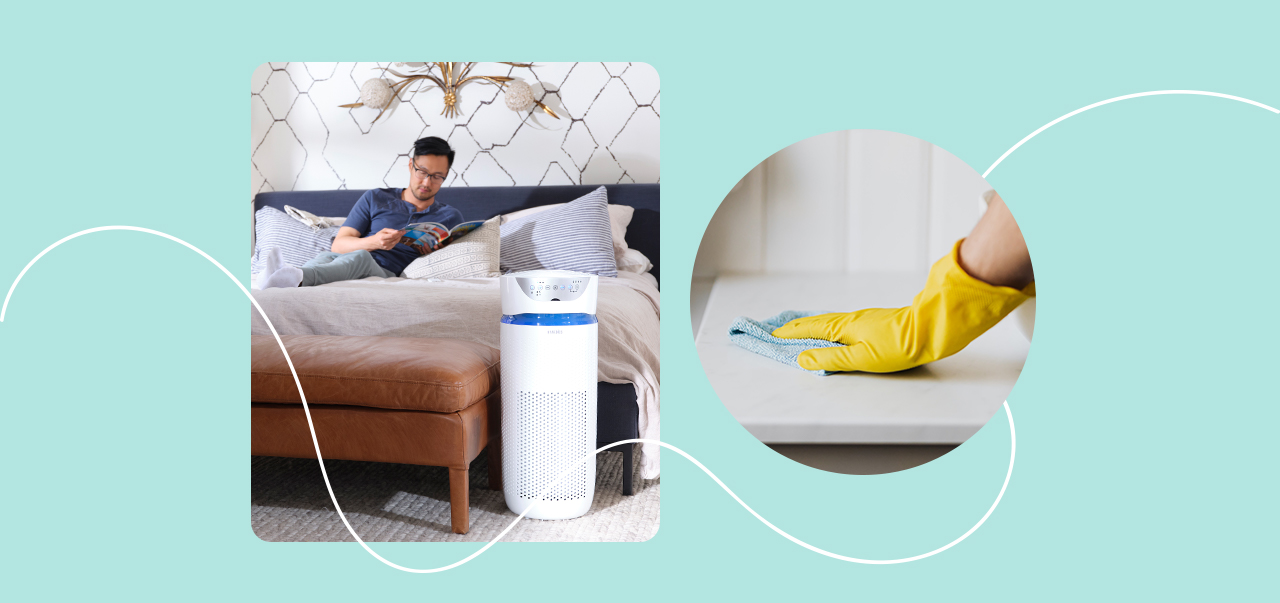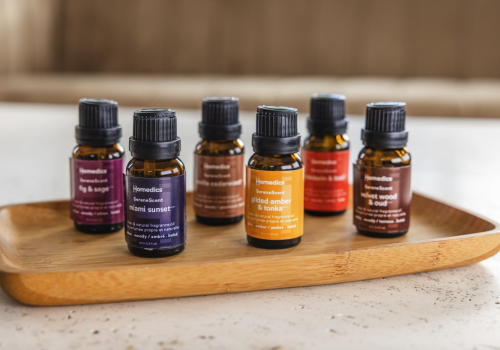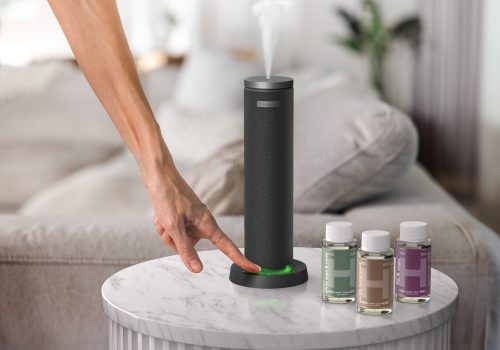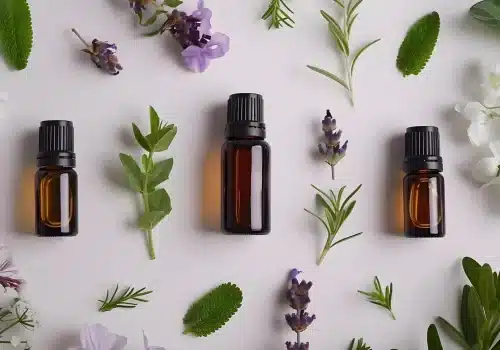Why the Air in Your Home Is Beyond Polluted — And How to Fight Back
With frightening viruses and environmental disasters in the news, it’s more tempting than ever to retreat to the safety of home. Yet a growing number of studies indicates that the air in your home can be more polluted than the air outside — even when compared to the air in heavily industrialized cities.

“Why Is My Air So Dangerous?”
The obvious culprits are biological pollutants, like pet dander, dust mites, and mold. The less-obvious factors are organic gases given off by totally innocuous items around you: household products like paint, cleansers, and disinfectants; candles and air fresheners; even furniture made with pressed wood products that contain formaldehyde. Studies show that levels of many organic gases average up to 5 times higher indoors than outdoors.
The Negative Effects on Your Health
Everyday biological pollutants can cause short-term eye, nose, and throat irritation. More troubling are the chronic conditions that can develop, such as asthma. Even worse is our bodies’ reaction to the organic gases emanating from furniture, cleaners, and other household items, which has been linked to damage to your central nervous system and an increased risk of cancer. The longer the exposure to these indoor pollutants, the greater the risk.
Totally Livable Solutions
The most effective way to improve the air quality in your home is to eliminate the sources of pollution; however, getting rid of all your furniture because it may contain dust mites or contaminants isn’t very practical. Bringing more outdoor air into your home also helps but might not make for a very enjoyable winter. Unless you have a newer home with a mechanical system that brings outdoor air inside, your best bet is an air purifier.
The Homedics® series of TotalClean® 5-in-1 UV True HEPA Tower Air Purifiers captures and reduces airborne contaminants, like allergens, dust, smoke, mold spores, and germs. While air purifiers are generally not intended to remove gaseous pollutants, they are a cost-effective way to help reduce unwanted odors and VOCs that can harm family members and lead to chronic health problems.
Breathe a Little Easier
Taking a few simple precautions at home can make a big difference over weeks, months, and years. Even if you can’t control everything you breathe in, being proactive will give you greater peace of mind for you and the family you want to protect.

Medical Disclaimer: This content is provided for informational purposes only and not intended to be a substitute for professional medical advice, diagnosis or treatment.
Sources:
- Indoor Air Quality, EPA.gov:
https://www.epa.gov/indoor-air-quality-iaq/inside-story-guide-indoor-air-quality





